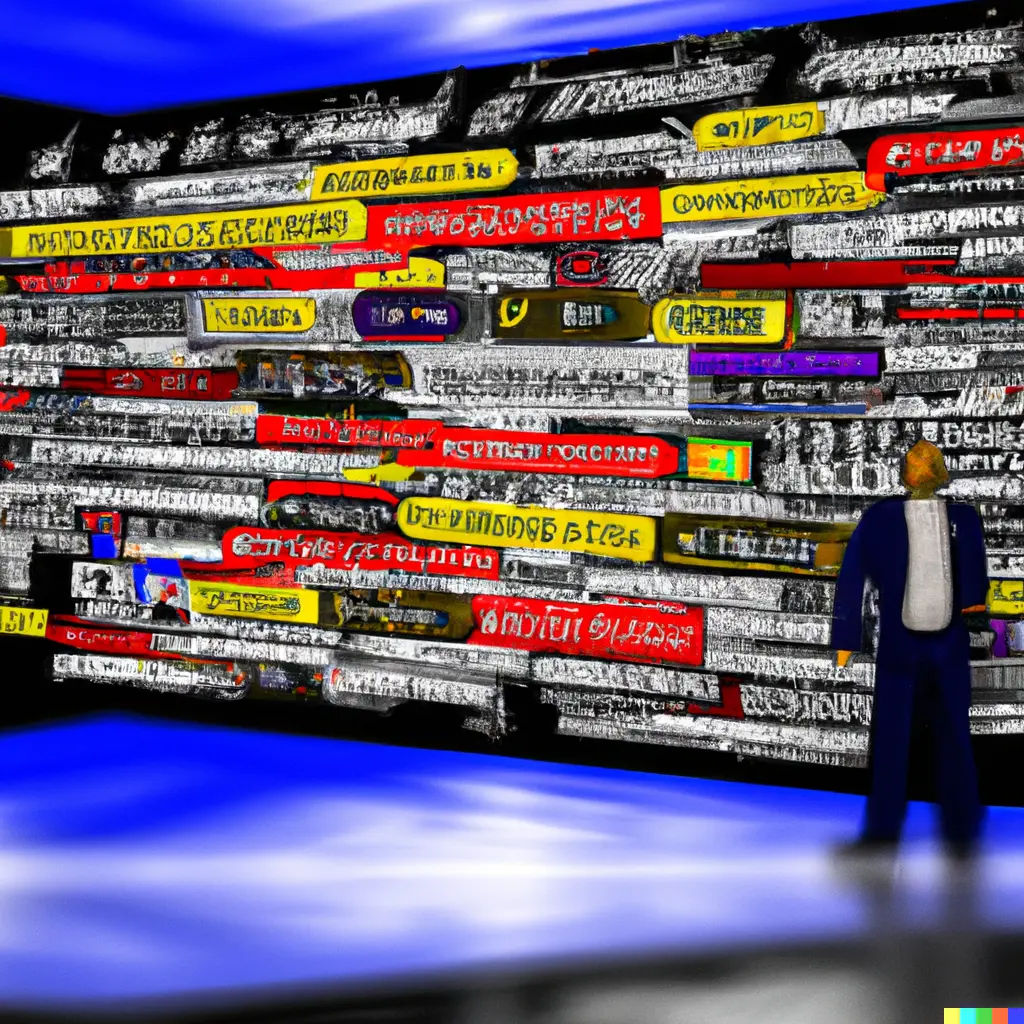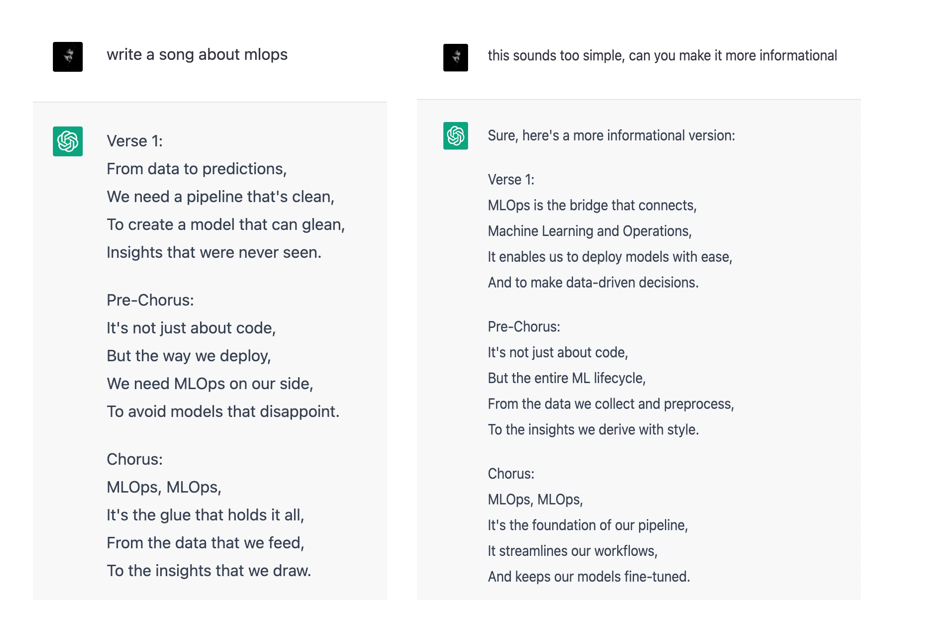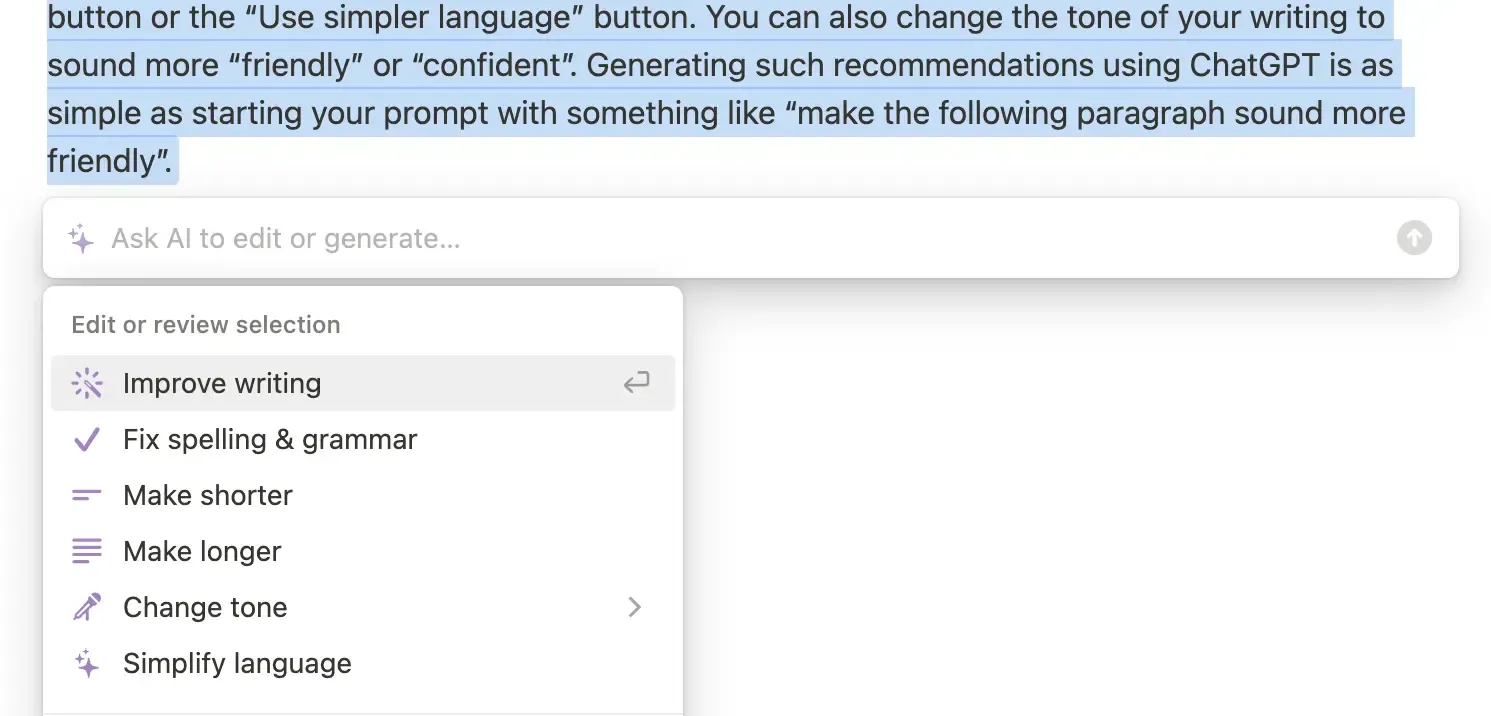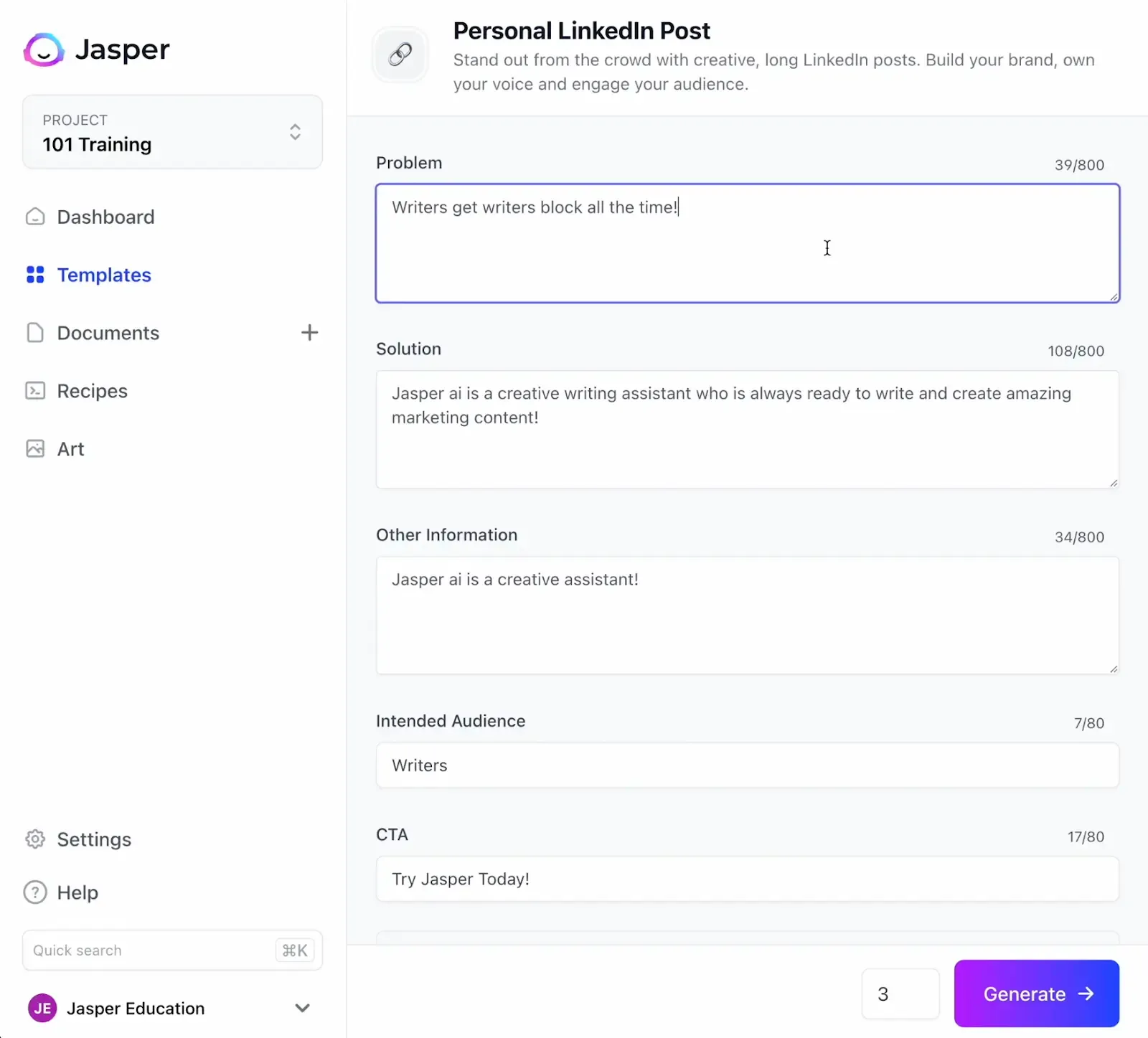LLMs, LLMs Everywhere: Exploring their applications!

The advent of extremely large language models, such as ChatGPT (with 20 billion parameters) and GPT-3 (with 175 billion parameters), has revolutionized the field of natural language processing. These models are trained on vast amounts of data and exhibit remarkable performance in text understanding and generation. Thanks to their ability to synthesize high-quality information and engage in coherent conversations, large language models like ChatGPT are increasingly being deployed to solve a wide range of previously intractable use cases.
One of the key strengths of ChatGPT is its ability to provide refined content based on feedback and context through a back-and-forth dialogue with users. For example, here’s a conversation with ChatGPT where we talk about our favorite topic, MLOps:

With the right prompts, users can get ChatGPT to produce highly accurate and relevant results. Businesses have recognized the immense value that these models can bring to their products and have started integrating large language model APIs into their offerings. In this article, we explore some of the most exciting applications of these models.
Let’s take a look at some of these:
AI assistants
Large language models are being deployed as assistants in various contexts. For instance, GitHub Copilot uses OpenAI Codex trained on large datasets of code to make intelligent suggestions to users while they are writing code based on natural language prompts. This type of agent-human collaboration can greatly improve productivity and accuracy in various tasks, allowing humans to focus on higher-level problems while the AI takes care of the more routine aspects.
Notion has recently released Notion AI, an AI assistant that can go through your content and generate action items from meeting notes and summaries of larger text while surfacing what’s important. The assistant can also improve the quality of your writing with a single click of the “Improve Writing” button or the “Use simpler language” button. Implementing these features using APIs like ChatGPT is now as simple as starting your prompt with “make the following text sound more friendly.”

Entertainment
Spotify has released a product called Spotify DJ that provides spoken commentary about music, genres, and user preferences between songs, delivering a highly personalized experience. This is made possible by OpenAI APIs that scale Spotify’s expertise and understanding of the user and the music into coherent commentary.
We can speculate that Spotify might have prompted the LLM with data on the user’s listening history in terms of genres and artists, further annotated with their own expertise in music, and asked the model to generate a commentary for the user that is guaranteed to be unique every single time. Their text-to-voice platform converts this text into a dynamic AI voice.
Snapchat has also integrated ChatGPT into its product by introducing an AI companion for paid users. Snapchat calls the AI companion a “fun and experimental sidekick” and recommends that users can use it to “chat about their day or write a haiku about their bestie.” The AI companion might be one of the first in a trend where humans will talk to AI just like they would to their friends or family.
Customer Service
Various companies are building customer service solutions on top of GPT-3, ChatGPT, and similar LLMs. Companies like Ada Support Inc and Nice Ltd provide chat bots built on top of these technologies that can be customized by feeding them company-specific information and anonymized customer data. Since these language models are prone to “hallucinations” where they make up facts or concepts, these solutions need to be deployed with support staff who can review chats and step in if required.
Healthcare
The healthcare industry has a vast amount of free-text data that can be used to train language models, and there are several potential use cases for LLMs in this field. One example is the creation of discharge letters, which summarize a patient's hospital stay based on their medical records.
MIT's Computer Science and Artificial Intelligence Laboratory (CSAIL) has used LLMs to expand medical jargon and acronyms and extract medication regimens from clinical notes. Read more about it here.
The GatorTron model, created by researchers from scratch, is a large clinical language model that can answer medical questions using natural language. The model is publicly available through NVIDIA's BioNeMo framework, which helps scientists better understand diseases and find therapies for patients.
Marketing & Sales
Language models are becoming increasingly important in the fields of marketing and sales. LLMs can be applied to personalize content, optimize keywords and SEO campaigns, and generate marketing materials.
DocuSign uses large language models to gain greater insights into customer behavior through AI-based natural language processing. Salesforce's AI assistant, Einstein Voice Assistants (EVA), utilizes LLMs to interpret customer questions and provide appropriate responses, freeing up sales representatives to focus on more complex tasks.
SaaS tools such as Jasper.ai, an AI writing assistant based on GPT-3, can generate keyword-rich content for marketing teams optimized for SEO ranking.

TrueFoundry is a ML Deployment PaaS over Kubernetes to speed up developer workflows while allowing them full flexibility in testing and deploying models while ensuring full security and control for the Infra team. Through our platform, we enable Machine learning Teams to deploy and monitor models in 15 minutes with 100% reliability, scalability, and the ability to roll back in seconds - allowing them to save cost and release Models to production faster, enabling real business value realisation.
